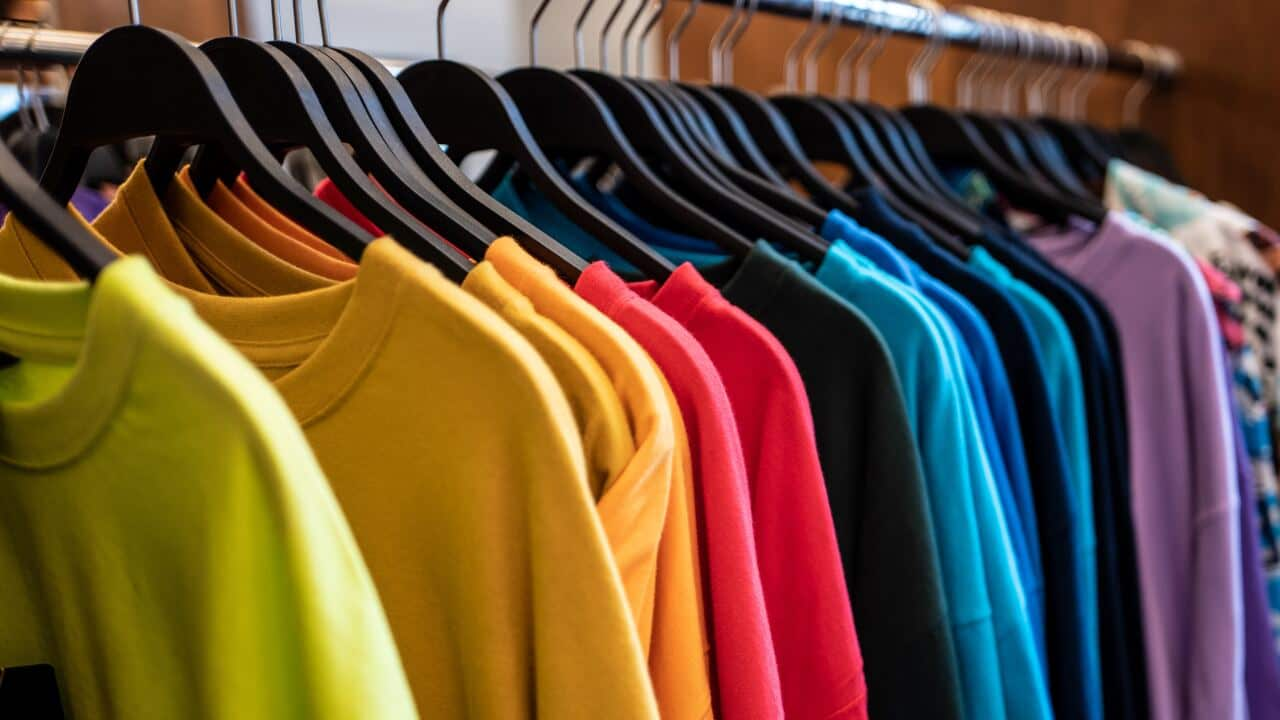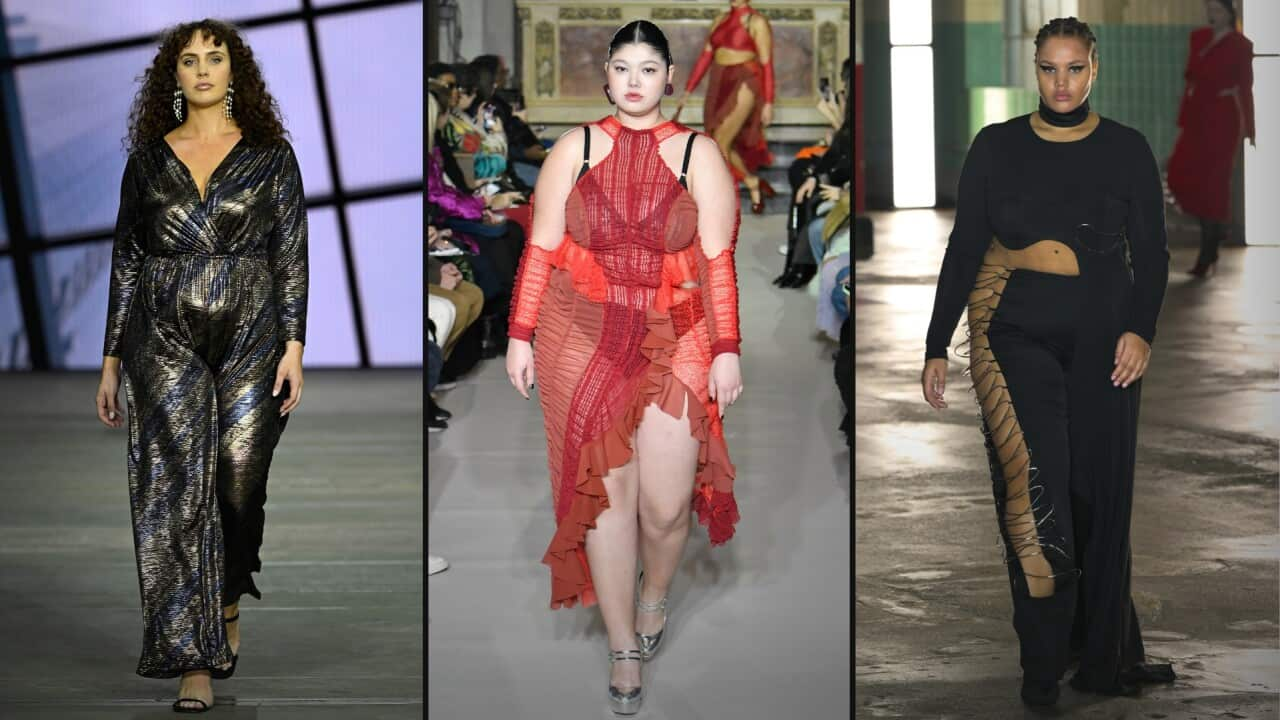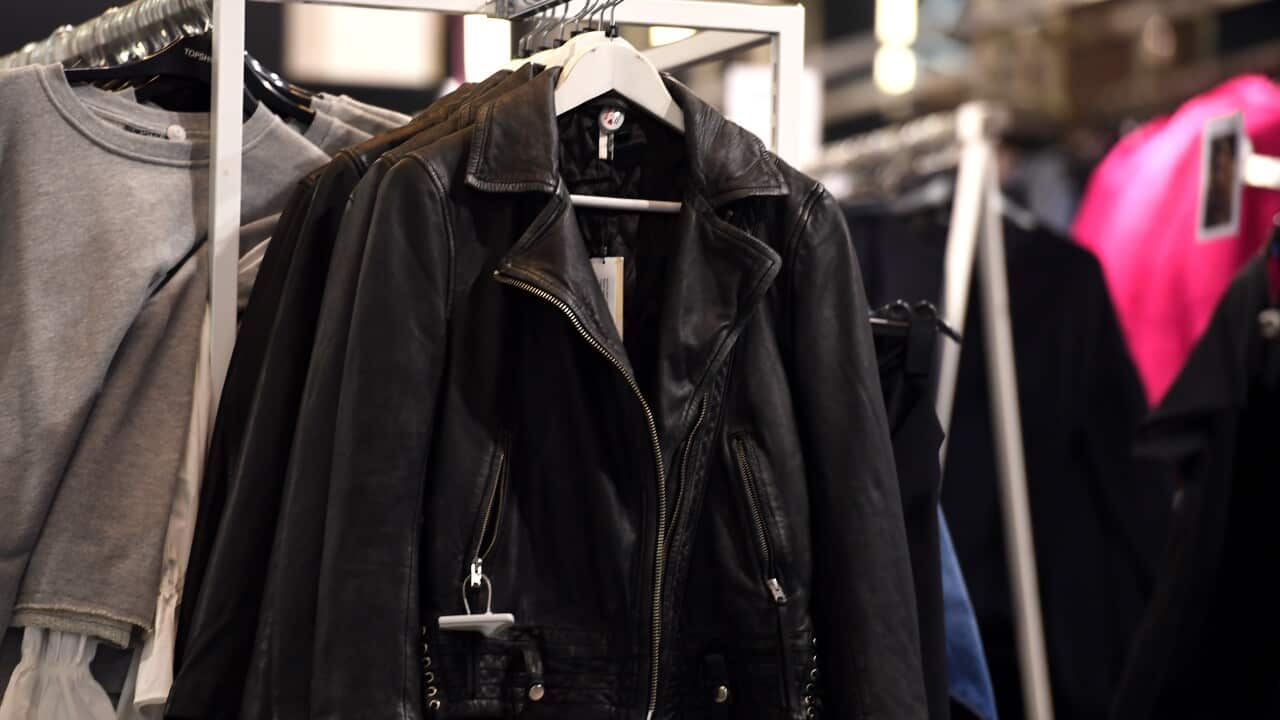Winter is here.
Along with freezing temperatures and grey skies, the change in seasons can leave many people feeling less than their mental best.
Dr Grant Blashki, lead clinical adviser for Beyond Blue, said fluctuations in mood, particularly when days are shorter and colder, was part of "the normal range of human experience".
"The change in the seasons seems to affect hormones and our natural body clock," he told SBS News.
"We've got a system, particularly from the light that comes in through our eyes, that sort of sets the body clock, so if there's a lot less sunlight, that can affect everything from sleep patterns, but also your activity and energy."

Dr Grant Blashki is lead clinical adviser for Beyond Blue. Source: Twitter / Grant Blashki
"The symptoms people get are lack of energy, oversleeping, difficulty waking up, loss of interest, and often putting on weight," he said.
"That would be a red flag that, 'Hey, maybe I'll go and chat to my doctor about this'."
Dr Blashki said the prevalence of SAD varies depending on location, but around 5 per cent of the adults he sees at his clinical practice in Melbourne have it.
"There are some risk factors for it, such as living further from the equator, having a family history of it, and also having already existing depression or bipolar mood disorders," he said.
Could mixing up your winter wardrobe help?
Lauren Di Bartolo, who founded the Australian Style Institute, which offers fashion courses, and has a background in fashion psychology, said what we wear can affect our mood in both positive and negative ways.
"The fact that we live in a society where we wear clothes means that even if fashion isn't something that is important to you, or it's not something that you value, it does impact the way that we feel about ourselves," she told SBS News.
Adding more colour to our outfits is one way to "generate energy when we don't feel like we have some", particularly during winter.
"Colour impacts our psychology — that is undeniable, we just don't always consider applying it to our clothes," Ms Di Bartolo said.
"I've seen clients leave the house for the first time, after having anxiety and not wanting to walk out the door, because of the different kinds of colours and garments that we can get them in."

Lauren Di Bartolo says the colours people wear can have a real effect on their mood. Source: Instagram / Lauren Di Bartolo
"The interpretation of colour is very subjective and it is often based on our upbringing or culture," she said.
"For example, in Western cultures, the bride might wear white, but in some Eastern cultures, she'll wear red.
"The meaning we associate with it can very dramatically shift our opinion of that colour and then the way it feels when we wear it."
Ms Di Bartolo said tapping into so-called 'dopamine dressing' doesn't necessarily mean you have to wear "loud, outrageous neons and bright colours", either.
"I think it's actually about intentionally creating a wardrobe that meets us where we are in our life at that time — not dressing for the past, not for when we were younger or slimmer or anything else, but for where we're at right now and where we want to go," she said.
"It could simply be about bringing in more neutral tones that are either creams, beiges, whites, browns, which will make for a really sustainable wardrobe with lots of choice, but just mean that you don't always have to gravitate toward black."
Ms Di Bartolo emphasised that while "fashion has the ability to help us feel better", simply changing clothes wasn't a miracle cure for serious mental health conditions.
"They're simply a tool that we can use as humans to help us feel more of the way we want to feel, particularly on the days that we need it."
Dr Blashki said it made sense that feeling good about what you're wearing would give you "a lift".
"From a broader point of view, self-care and personal grooming is very worthwhile for people who are depressed," he said.
"So I think there's something to that, and I certainly don't think it hurts."
How can you incorporate colour into your outfits?
Ms Di Bartolo acknowledged that incorporating more colour into outfits could be daunting for people who wear mostly black.
"The reticular activating system (a network of neurons in the brain stem which in part helps us respond to the world around us) helps us to look for more of the same thing that we're already familiar with, and essentially that's how we get in a style, right, because our psychology has us go to the same things that we know that we're already comfortable with," she said.
"Then we end up in this kind of vicious cycle of buying a whole lot more of the same thing."
While that can leave people stuck in a style rut, "it doesn't take much" to change it for the better, Ms Di Bartolo said.
"Accessorising is a no-brainer way," she said.
"Another thing is adding in a print, so for example, it might be that you've got a green and black print shirt ... the black will tie back with what you've already got, the green will add a little bit of colour."
What else can improve your mood?
Dr Blashki said there were a range of things people can do to improve their mental well-being during winter, including:
- Trying to do some form of regular exercise
- Making an effort to get more sunlight
- Avoiding napping during the day
- Being kind to yourself
Light therapy could be an option for people who are unable to get outside regularly.
"You can sit in front of this special light box for the first hour of a day, and there's some evidence that that can be quite helpful," he said.
"In some of the more severe cases, I do use antidepressant medications."
Readers seeking support with mental health can contact Beyond Blue on 1300 22 4636. More information is available at .
supports people from culturally and linguistically diverse backgrounds.












